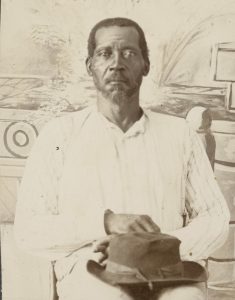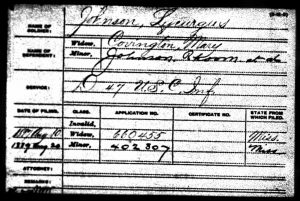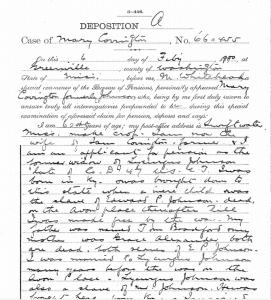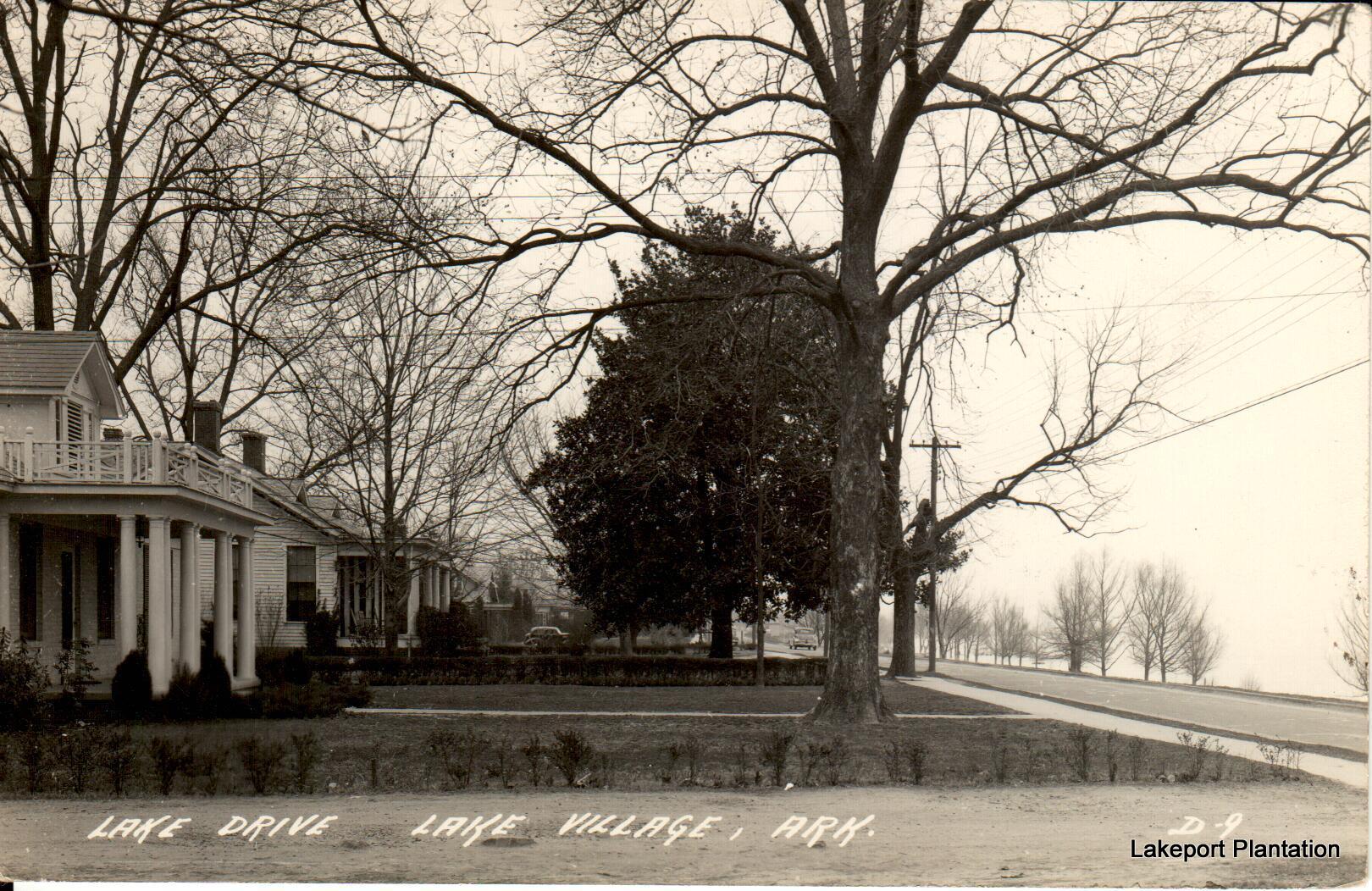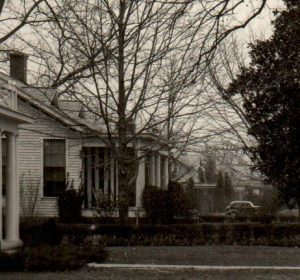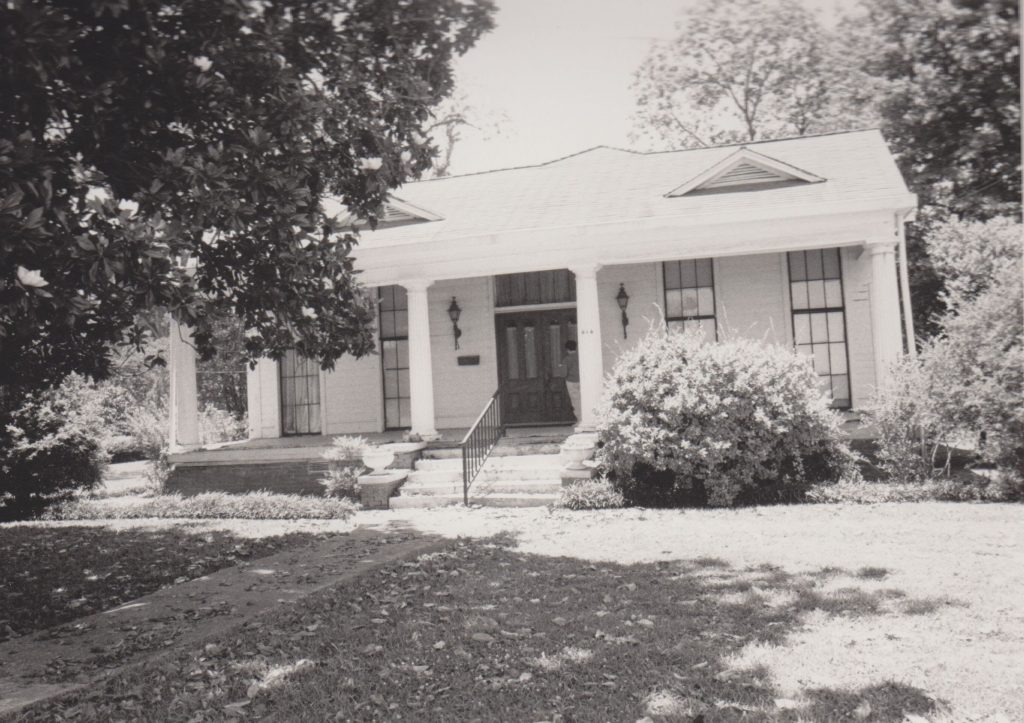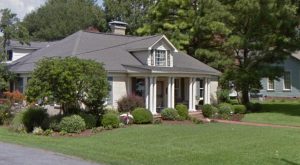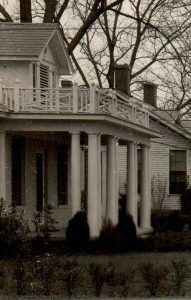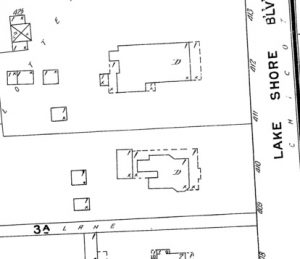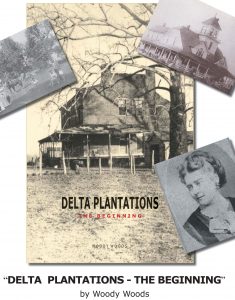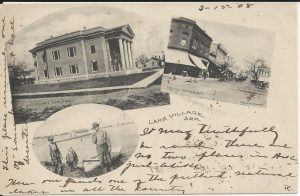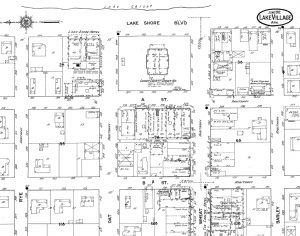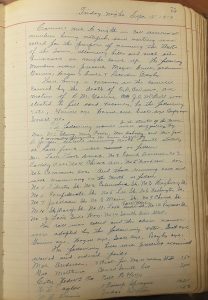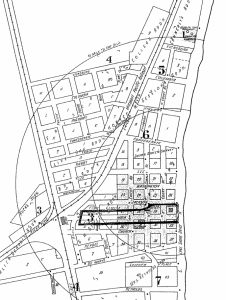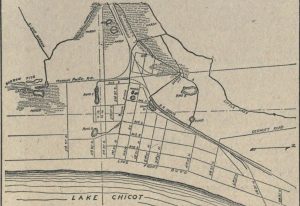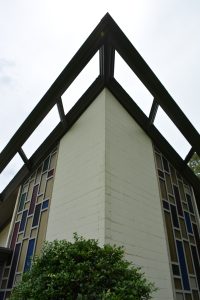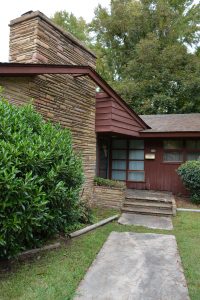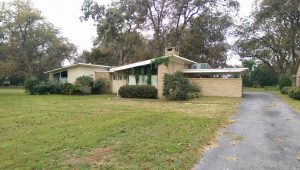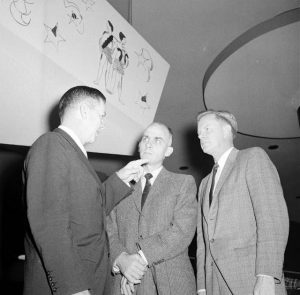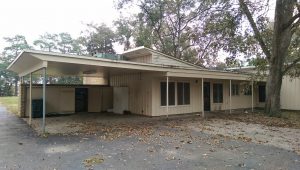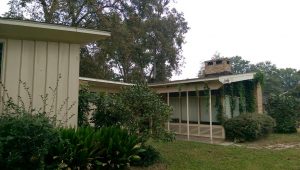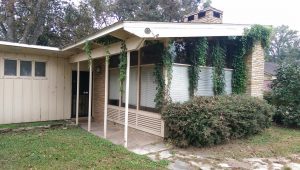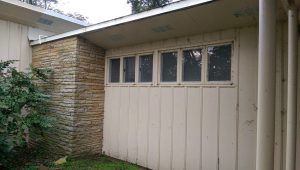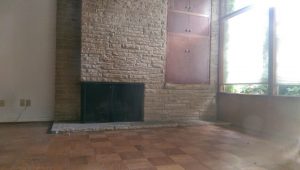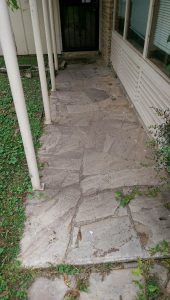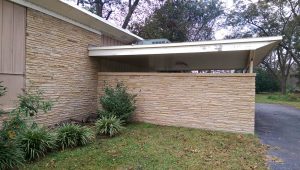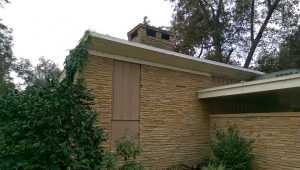Lakeport Legacies Schedule for 2017
March 30 · Building Delta Plantations: Connecting Washington County, Mississippi, and Chicot County, Arkansas · Dr. Blake Wintory
April 28-29 · In leiu of Lakeport Legacies · Behind the Big House w/ Joseph McGill of the Slave Dwelling Project (Joint Program of Preserve Arkansas & Lakeport Plantation)
May 25 · From Mosaic Templars to Royal Circle of Friends: Identifying Arkansas’s African American Fraternal Headstones · Dr. Blake Wintory (Lakeport Plantation)
An Unconventional Conveyance: Rev. Jim Kelly and New Hope Missionary Baptist Church · Reverend Demetria L. Edwards, M.Div., J.D. (New Hope Missionary Baptist Church) and Dr. Blake Wintory (Lakeport Plantation)
June 29 · A Case Study in Diversity: Southeast Arkansas Legislators, 1868-Jim Crow · Rodney Harris (University of Arkansas)
July 27 · Ironclads, Cotton and Corn: The Civil War in the Mississippi Delta · Jim Woodrick (Mississippi Department of Archives and History)
August 31 · Grasping Shadows: Evolution of the MS Delta Chinese Heritage Museum · Emily Jones (Delta State University Archives & Museum)
September 28 · The Polks’ Plantations and the Creation of Cotton Kingdom in the Old South · Dr. Kelly Jones (Austin Peay State University)
October 19 · Influence of Southeast Arkansas in the Arkansas Historical Association · Maylon Rice (Arkansas Historical Association) [program on Third Thursday and will start at 5:30 due to earlier sunset]
Lakeport Legacies is a monthly history talk held at the Lakeport Plantation focusing on history in the Delta. Lakeport Legacies meets on the last Thursday from March through October at 5:30 p.m. Note exceptions in the schedule. All events are free and open to the public. Guests are asked to RSVP. The Lakeport Plantation is located at 601 Hwy 142, Lake Village, Arkansas. For more information call 870.265.6031 or visit https://lakeport.astate.edu.


